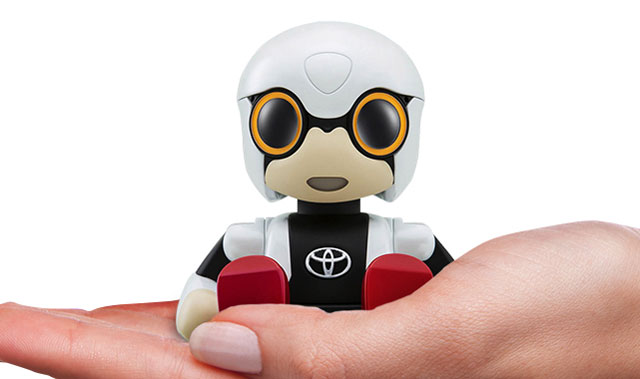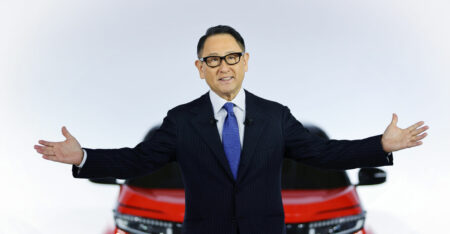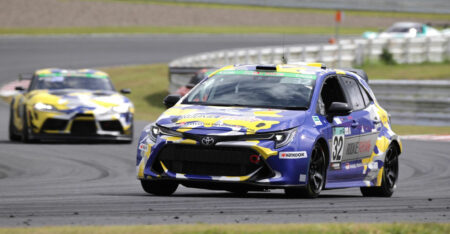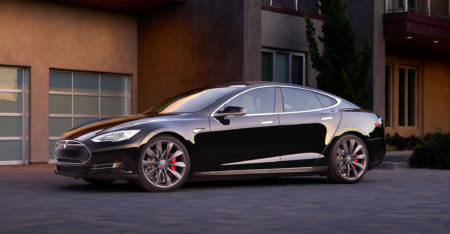
Toyota Motor Corp took one giant leap for robot-kind by launching the first humanoid into space to converse with astronauts. Now, it’s taking one small step toward commercialising robots for the masses.
Japan’s largest automaker will begin selling a 10cm-tall talking robot called Kirobo Mini across Japan in early 2017. Priced at ¥39 800 (R5 400) and small enough to fit into a car cupholder, Toyota is billing Kirobo as capable of responding to human emotions while engaging in conversation and moving its head and hands.
Toyota will position Kirobo as a communication partner developed for companionship just as surveys of Japanese consumers show a declining affinity for automobiles. One poll by Japan’s automakers association released in April found about 30% of respondents under age 30 had no interest in cars at all.
The Toyota City, Japan-based automaker will try to leverage Kirobo’s capabilities to help make driving safer. The robot may shout “Oops!” when its owner slams on the brakes, start speaking to perk up a sleepy driver, and offer praise once it’s arrived home after a long drive. Kirobo connects via Bluetooth to a smartphone app costing users ¥300/month (about R40/month).
Toyota has pledged US$1bn in investment over five years toward an artificial intelligence and robotics institute that’s leading research efforts on areas including autonomous driving. The funding going to the Toyota Research Institute is equal to what the company spent developing the first Prius hybrid, president Akio Toyoda said during a speech at the Paris Motor Show last week.
Kirobo will start selling in Japan roughly a year and a half after SoftBank’s Pepper robot, which initially cost ¥198 000 (R26 800) along with a ¥14 800/month (R2 000/month) service plan that gave users access to cloud-based voice-recognition and an app store.
A larger version of Kirobo spent 18 months on board the International Space Station on a journey that ended in February 2015. Before returning to Earth, Kirobo became the first robot to speak in space, including with Japanese astronaut Koichi Wakata. — (c) 2016 Bloomberg LP




